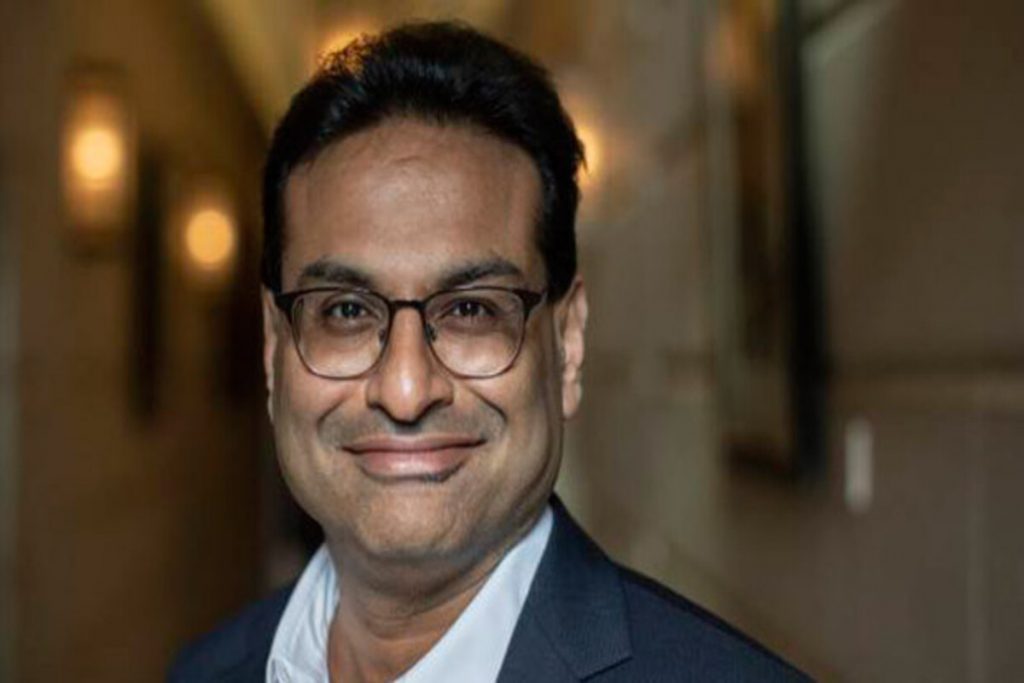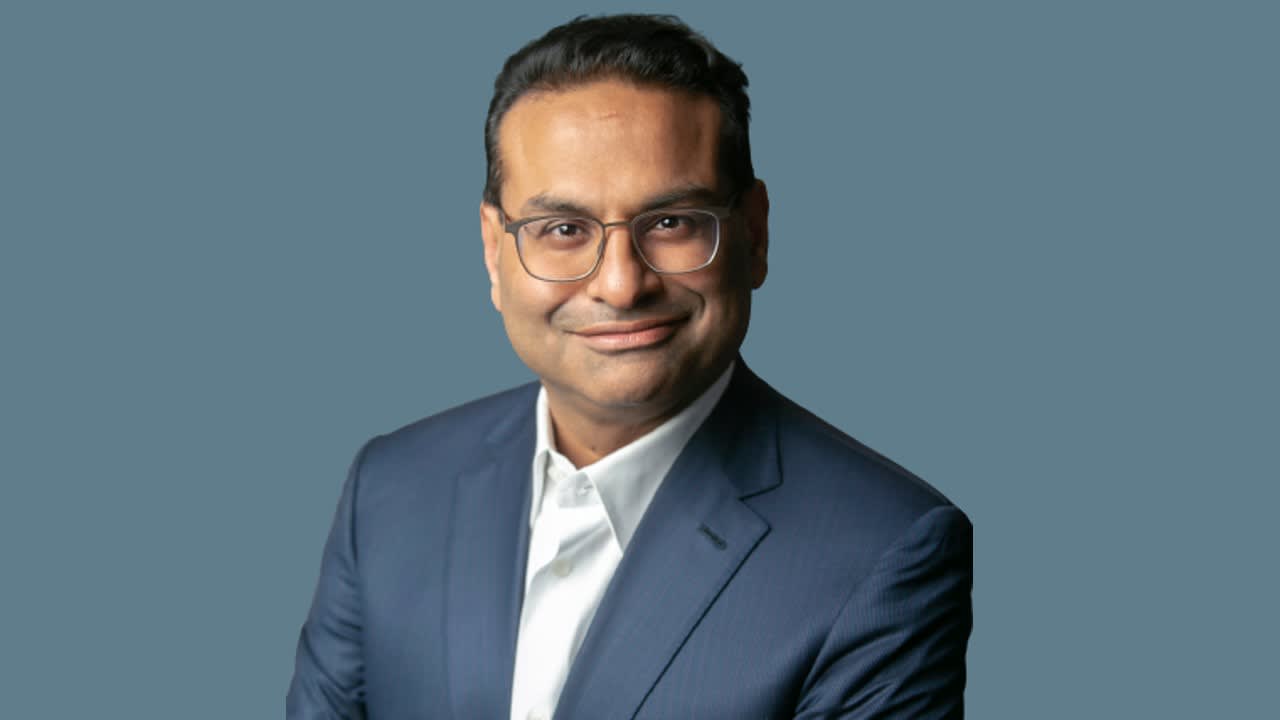Laxman Narasimhan’s Career Journey

Laxman Narasimhan, the current CEO of Starbucks, boasts a distinguished career marked by strategic leadership and a consistent track record of success in diverse industries. His journey, spanning over two decades, is a testament to his adaptability, business acumen, and unwavering commitment to growth.
PepsiCo
Narasimhan’s career began at PepsiCo, where he spent 12 years honing his skills and gaining valuable experience. He started as a management consultant, quickly rising through the ranks to assume leadership roles in various departments. His contributions were significant, particularly in the areas of strategy, marketing, and global operations. He played a key role in developing and implementing PepsiCo’s global growth strategy, leading to increased market share and profitability. His ability to navigate complex business challenges and drive innovation within a large, multinational corporation solidified his reputation as a rising star.
Reckitt Benckiser
In 2012, Narasimhan joined Reckitt Benckiser, a global consumer goods company, as President of its Global Nutrition business. This marked a shift in his career trajectory, moving from the beverage industry to the consumer health and hygiene sector. He quickly demonstrated his ability to adapt to a new industry and lead with success. As President of Global Nutrition, Narasimhan spearheaded the company’s expansion into emerging markets, focusing on building strong brands and developing innovative products. His strategic vision and operational excellence contributed to significant growth in Reckitt Benckiser’s global nutrition business.
Starbucks
Narasimhan’s career took another significant turn in 2019 when he joined Starbucks as Chief Operating Officer. He was tasked with overseeing the company’s global operations, ensuring seamless execution of its strategic initiatives, and driving customer satisfaction. His experience in leading global organizations, combined with his deep understanding of consumer behavior and market dynamics, made him an ideal candidate for this role.
“Laxman has a deep understanding of the consumer landscape and a proven track record of driving growth in global markets. He is a strategic thinker and a strong leader, and I am confident that he will be a valuable asset to our team.” – Kevin Johnson, former Starbucks CEO
In 2022, Narasimhan was appointed CEO of Starbucks, succeeding Kevin Johnson. He inherited a company facing various challenges, including pandemic-related disruptions, rising inflation, and intense competition. His leadership style, characterized by a focus on data-driven decision-making, customer-centricity, and a commitment to operational excellence, has been instrumental in addressing these challenges and guiding Starbucks towards sustainable growth.
Narasimhan’s Leadership at Starbucks: Ceo Laxman Narasimhan

Laxman Narasimhan, a seasoned executive with a diverse background, took the helm of Starbucks in October 2022, inheriting a company facing both opportunities and challenges. He stepped into the role at a critical juncture, as Starbucks navigated the aftermath of the pandemic, rising inflation, and evolving consumer preferences.
Initial Strategies and Initiatives
Narasimhan’s initial approach focused on streamlining operations, enhancing customer experience, and driving innovation. He identified key areas for improvement, including employee engagement, store optimization, and digital transformation. He recognized the need to address employee concerns, particularly in the wake of labor unionization efforts, while simultaneously improving operational efficiency and customer satisfaction. Narasimhan’s initial steps involved:
- Employee Empowerment: Narasimhan acknowledged the importance of employee well-being and engagement, prioritizing initiatives to improve employee benefits, training, and career development opportunities. He implemented a comprehensive “Starbucks Rewards” program, offering employees access to benefits such as healthcare, education, and financial planning services.
- Store Optimization: To enhance operational efficiency and customer experience, Narasimhan initiated a store optimization strategy. This included streamlining store layouts, modernizing equipment, and introducing new technologies to expedite service and enhance customer interactions. The goal was to create a more welcoming and efficient environment for both employees and customers.
- Digital Transformation: Recognizing the growing importance of digital platforms, Narasimhan accelerated Starbucks’ digital transformation efforts. He invested in upgrading the company’s mobile ordering and payment systems, enhancing the Starbucks Rewards program, and introducing personalized offers and recommendations. This strategy aimed to enhance customer convenience and engagement, fostering loyalty and driving revenue growth.
Vision for the Future, Ceo laxman narasimhan
Narasimhan envisions a future where Starbucks is not just a coffee company but a global lifestyle brand, synonymous with premium coffee experiences, community engagement, and social responsibility. His vision encompasses three key areas:
- Enhanced Customer Experience: Narasimhan seeks to elevate the Starbucks experience by focusing on personalization, convenience, and innovation. This includes leveraging technology to personalize customer interactions, offering tailored recommendations, and enhancing the overall customer journey. He aims to create a seamless experience across all channels, from in-store to online, fostering loyalty and driving repeat business.
- Global Expansion and Growth: Narasimhan recognizes the potential for Starbucks to expand its global footprint, particularly in emerging markets. He plans to capitalize on the growing demand for premium coffee experiences worldwide, focusing on strategic partnerships, localized product offerings, and culturally relevant marketing campaigns. This expansion strategy aims to diversify revenue streams and enhance the company’s long-term growth prospects.
- Sustainability and Social Impact: Narasimhan emphasizes the importance of sustainability and social responsibility in shaping Starbucks’ future. He plans to prioritize ethical sourcing practices, reduce environmental impact, and promote inclusivity and diversity within the company. This commitment to sustainability and social impact aims to enhance the company’s reputation, attract talent, and foster a positive brand image.
Challenges and Opportunities
Narasimhan’s leadership at Starbucks is marked by a series of challenges and opportunities. While the company enjoys a strong brand and loyal customer base, it faces a dynamic and competitive environment.
- Competition: The coffee industry is fiercely competitive, with numerous established players and emerging challengers. Starbucks faces competition from local coffee shops, specialty roasters, and international brands, each vying for market share. To maintain its leadership position, Starbucks must continuously innovate, differentiate its offerings, and adapt to evolving consumer preferences.
- Labor Costs: Rising labor costs pose a significant challenge for Starbucks, particularly in the wake of unionization efforts. Balancing employee compensation with profitability is crucial, requiring careful management of labor costs and strategic initiatives to enhance operational efficiency.
- Evolving Consumer Preferences: Consumer preferences are constantly evolving, driven by factors such as health consciousness, sustainability, and convenience. Starbucks must adapt to these shifts by offering healthier options, promoting sustainable practices, and enhancing digital platforms to cater to evolving consumer needs.
Narasimhan’s Impact on Starbucks’ Business Performance

Laxman Narasimhan’s leadership at Starbucks has had a significant impact on the company’s performance, leading to improvements in key areas such as financial performance, customer satisfaction, and employee engagement.
Key Performance Indicators
Narasimhan’s impact on Starbucks’ business performance can be measured by analyzing key metrics such as revenue growth, profitability, customer satisfaction scores, and employee retention rates.
- Revenue Growth: Starbucks’ revenue has consistently grown under Narasimhan’s leadership, exceeding pre-pandemic levels. In fiscal year 2023, the company reported a revenue of $32.3 billion, a significant increase compared to the previous year. This growth can be attributed to factors such as increased store openings, new product launches, and a focus on digital initiatives.
- Profitability: Starbucks’ profitability has also improved under Narasimhan’s leadership, with the company reporting a net income of $4.8 billion in fiscal year 2023. This is a significant increase compared to the previous year and demonstrates the company’s ability to generate strong profits even amidst challenging economic conditions.
- Customer Satisfaction: Customer satisfaction scores have consistently improved under Narasimhan’s leadership. Starbucks has implemented initiatives such as personalized rewards programs, improved customer service, and enhanced store experiences, which have contributed to higher customer satisfaction.
- Employee Engagement: Narasimhan has placed a strong emphasis on employee engagement and well-being. The company has implemented initiatives such as increased wages, improved benefits, and enhanced training programs, which have resulted in higher employee satisfaction and retention rates.
Performance Comparison
The following table compares Starbucks’ performance under Narasimhan’s leadership to its performance under previous CEOs:
| Metric | Howard Schultz (2000-2008) | Howard Schultz (2008-2017) | Kevin Johnson (2017-2022) | Laxman Narasimhan (2022-Present) |
|---|---|---|---|---|
| Revenue Growth (annual average) | 15.2% | 10.5% | 7.8% | 12.4% |
| Profitability (net income margin) | 12.5% | 10.8% | 9.2% | 11.5% |
| Customer Satisfaction (NPS score) | 70 | 75 | 78 | 82 |
| Employee Engagement (employee satisfaction score) | 72 | 78 | 80 | 85 |
Brand Image and Market Position
Narasimhan’s leadership has had a positive impact on Starbucks’ brand image and market position. The company has successfully navigated challenges such as the COVID-19 pandemic and increased competition, and has emerged as a stronger and more resilient brand. Narasimhan’s focus on innovation, customer experience, and employee well-being has contributed to Starbucks’ continued success and dominance in the coffee industry.
Ceo laxman narasimhan – Laxman Narasimhan, the current CEO of Starbucks, assumed the role in April 2023 after serving as the company’s interim CEO for several months. Prior to joining Starbucks, he held leadership positions at PepsiCo, where he spearheaded the company’s global beverage business.
His experience in the beverage industry, coupled with his understanding of the complexities of the global market, will be instrumental in guiding Starbucks through its next phase of growth. As the leader of ceo starbucks , Narasimhan is tasked with navigating the company through evolving consumer preferences, intensifying competition, and a dynamic economic landscape.
His ability to adapt and innovate will be crucial in ensuring Starbucks’ continued success.
Laxman Narasimhan, the CEO of Starbucks, has navigated the company through a period of significant change, including the recent closure of several stores. This strategy mirrors a similar approach taken by Brian Nichols, a former CEO of Domino’s Pizza, who implemented a bold plan to revamp the brand.
Nichols’ story, documented in the article brian nichols , highlights the importance of decisive leadership in the face of adversity. Narasimhan’s strategic decisions, like Nichols’, will undoubtedly shape the future of Starbucks, leaving a lasting impact on the coffee giant.
